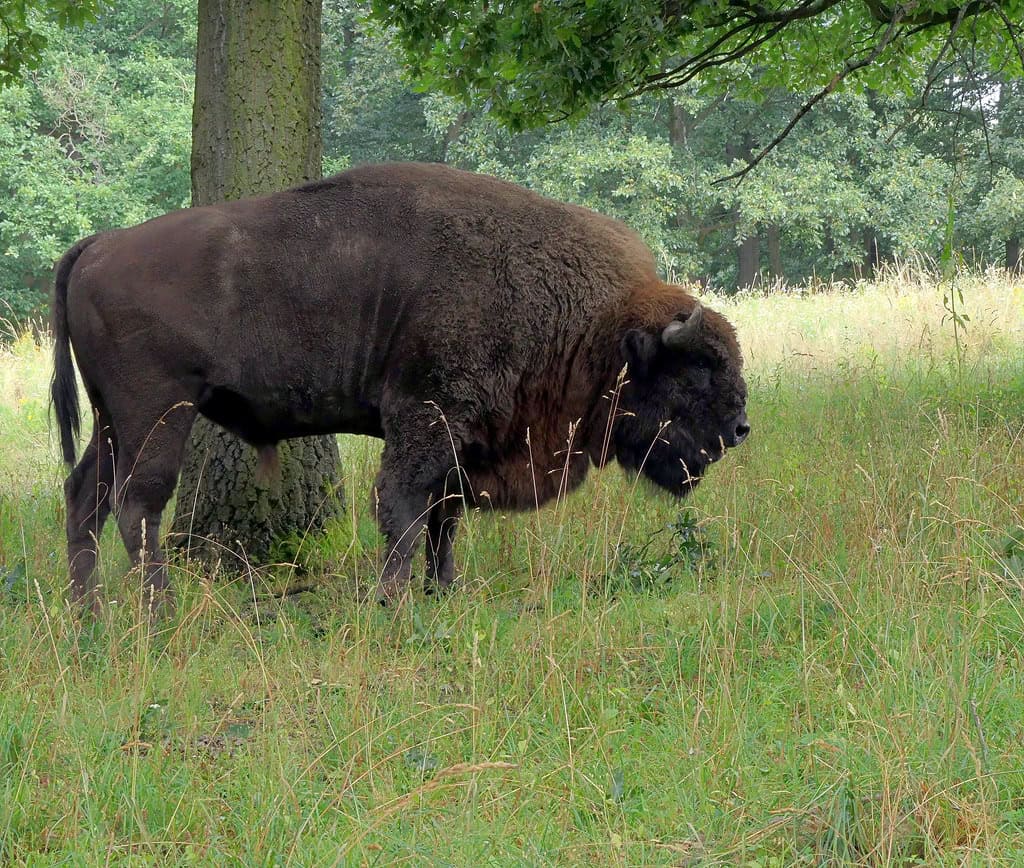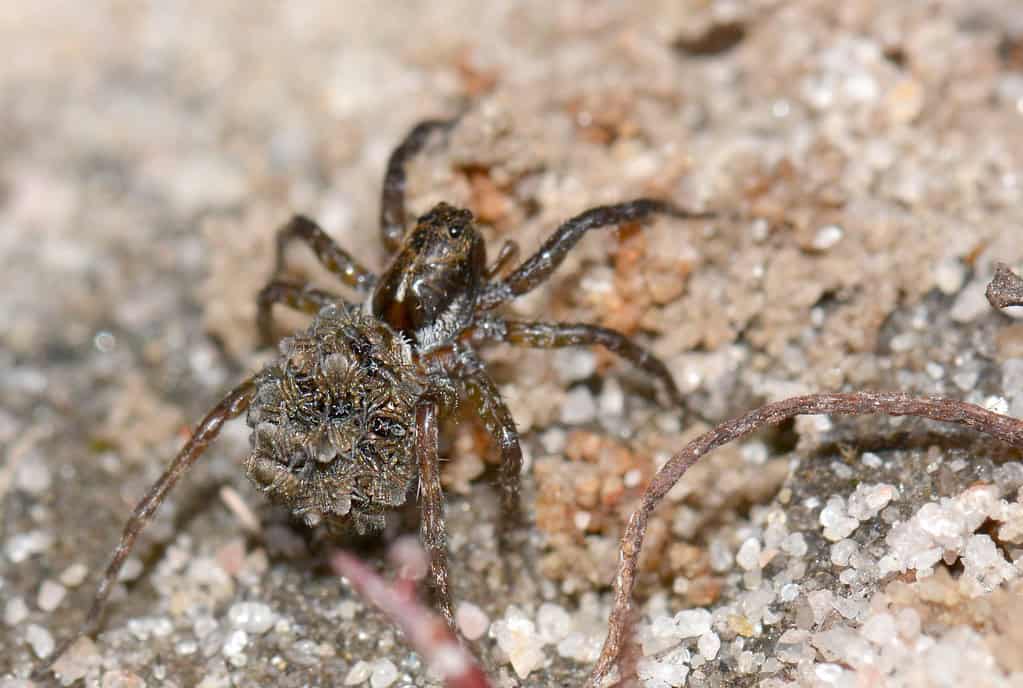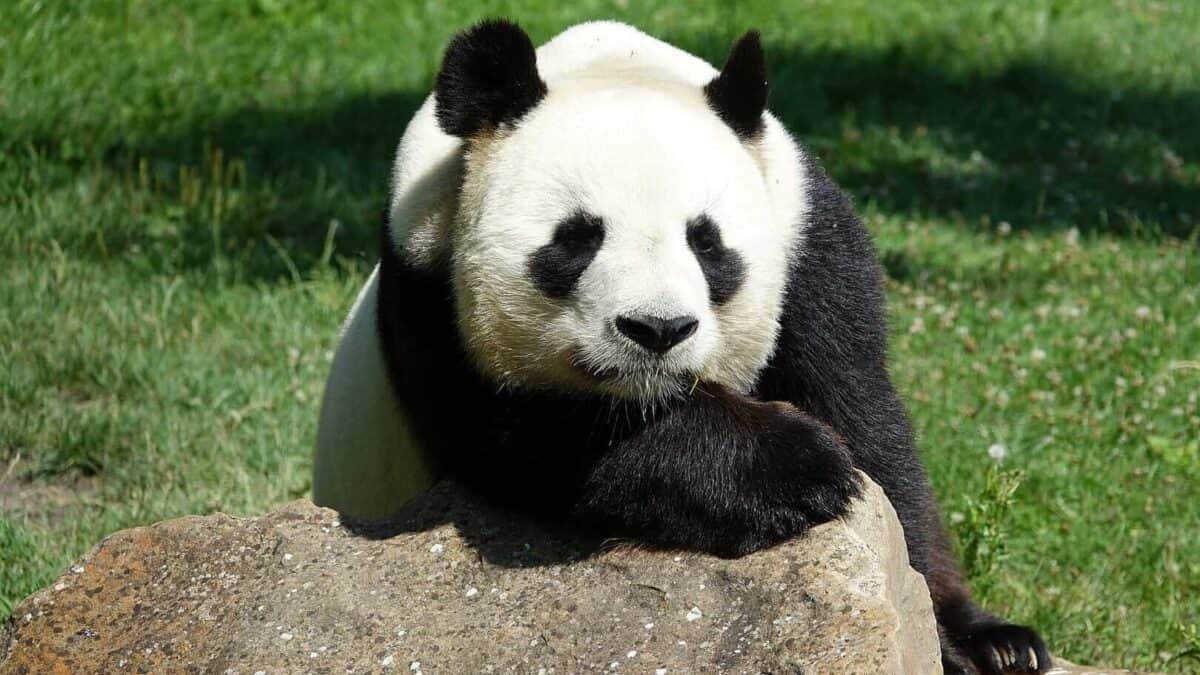There’s something absolutely magical about seeing a baby animal take its first wobbly steps in a zoo or sanctuary—especially when you realize those tiny paws or flippers might be part of the last hope for their kind. Around the world, dedicated teams have worked for years to bring species back from the edge, giving them a fighting chance through careful breeding programs. Some of these stories are heartwarming, others downright shocking, but all remind us that hope often comes in the smallest packages. Get ready to meet 13 remarkable animals whose lives began in captivity, not just for our joy, but for the survival of their entire species.
13 Arabian Oryx

Once declared extinct in the wild, the Arabian oryx’s story reads almost like a fairytale. In the early 1970s, a handful of individuals were brought into captivity, sparking a global effort to save this beautiful, long-horned antelope. Zoos and wildlife reserves around the world became nurseries for oryx calves, nurturing them until their numbers grew strong enough for reintroduction. Today, the Arabian oryx roams wild deserts again, thanks to these captive births—a living symbol that extinction doesn’t always have to be forever.
12 California Condor

With only 27 individuals left in the 1980s, every single California condor was captured to start an emergency breeding program. These enormous, ancient-looking birds hatched their chicks behind the safety of aviary walls, with scientists sometimes even donning condor puppets to prevent imprinting on humans. Now, hundreds of condors soar over California’s cliffs and canyons, each one a triumph of careful, sometimes quirky, captive breeding.
11 Przewalski’s Horse

The last truly wild horse vanished from its Mongolian homeland decades ago, but a few survived in European zoos. Breeding programs worked against the odds, carefully matching descendants to avoid inbreeding. Foals born in captivity became pioneers, returning to the vast steppe where their ancestors once galloped free. Today, seeing a herd of Przewalski’s horses in Mongolia is proof that captive births can rewrite history.
10 Giant Panda

Who hasn’t melted at the sight of a roly-poly panda cub? Yet behind those adorable faces lies a tale of scientific persistence. Pandas are notoriously tricky to breed, but zoos in China and around the world have cracked the code with gentle care, dietary tweaks, and even “panda matchmaking.” Every captive-born cub is a step toward a more secure future for this iconic species, whose wild numbers are finally creeping up.
9 Black-footed Ferret

Once thought extinct, the black-footed ferret surprised everyone when a tiny wild population was discovered in Wyoming in the 1980s. Every single survivor was brought into captivity, and the first captive-born kits were raised with minimal human contact to prepare them for life in the wild. Thanks to these efforts, black-footed ferrets now patrol prairie dog towns once again—a real comeback for one of North America’s most endangered mammals.
8 Amur Leopard

With fewer than 100 left in the wild, every Amur leopard birth is a cause for celebration. Zoos worldwide have paired these elusive cats with great care, tracking their family trees to ensure healthy kittens. Some captive-born leopards are now being prepared for a return to Russia’s Far East, where their spotted coats once blended into snowy forests. Each birth in captivity is a lifeline for a species on the edge.
7 European Bison

Europe’s heaviest land mammal once vanished from its forests, but a handful survived in captivity. Breeding programs in Poland and elsewhere carefully tracked each calf’s genes, rebuilding a population that could thrive in the wild. Today, European bison roam free in several countries, their presence a living reminder of how a species can triumph over extinction, one birth at a time.
6 Red Wolf

The red wolf’s future once looked bleak, with only 14 individuals surviving in the wild. Captive breeding programs carefully matched pairs, and the first litters of pups were raised in hidden dens, away from human eyes. These captive-born wolves later formed the foundation of reintroduced packs in the southeastern United States, giving this American predator a second chance at life.
5 Sumatran Rhinoceros

Sumatran rhinos are among the rarest large mammals on earth, and breeding them in captivity has tested the patience and ingenuity of scientists for decades. When the first calf was born at Cincinnati Zoo in 2001, it was hailed as a miracle. Every subsequent birth has sparked hope that these shaggy, secretive giants might one day recover, thanks to the perseverance of conservationists.
4 Golden Lion Tamarin

These tiny, flame-haired monkeys were once down to just a few hundred in Brazil’s shrinking forests. Zoos around the world became safe havens, where golden lion tamarins could raise their playful babies in peace. Captive-born tamarins were eventually reintroduced to the wild, swinging through trees and helping restore the balance of their forest home. Their story is a testament to how collaboration and dedication can spark a comeback.
3 Scimitar-horned Oryx

Extinct in the wild for decades, the scimitar-horned oryx survived only in zoos and private collections. Breeding programs worked tirelessly to produce healthy calves, and each birth was celebrated as a small victory. Now, herds of these striking antelopes have been reintroduced to North Africa, where their curved horns once sliced through the desert air. Their return is a living example of hope born in captivity.
2 Galápagos Giant Tortoise

Some Galápagos tortoise species were reduced to just a handful of individuals, and for years, these ancient reptiles bred only under the watchful eyes of scientists. Every clutch of eggs, every slow hatchling, was a precious addition to a fragile population. Today, hundreds of captive-born tortoises roam islands where their kind once vanished, proving that even the slowest comeback is worth the wait.
1 Kakapo

The kakapo, a nocturnal, flightless parrot from New Zealand, teetered on the brink of extinction with just a few dozen left. Intensive management and a hands-on approach to captive breeding—including hand-rearing chicks and even using technology to monitor eggs—have boosted their numbers. Each fuzzy, green chick hatched in captivity is a testament to human ingenuity and love for the world’s rarest parrot.
Conclusion

The stories of these 13 animals born in captivity are powerful reminders of what’s possible when people refuse to give up. Every new birth is a spark of hope, proof that extinction isn’t always the end. Sometimes, it’s just the beginning of an incredible comeback.
- 10 Reptiles That Walked With Dinosaurs - August 21, 2025
- 15 Most Colorful Creatures Found in U.S. Waters - August 21, 2025
- 11 Animals Found Frozen in Ice - August 21, 2025

